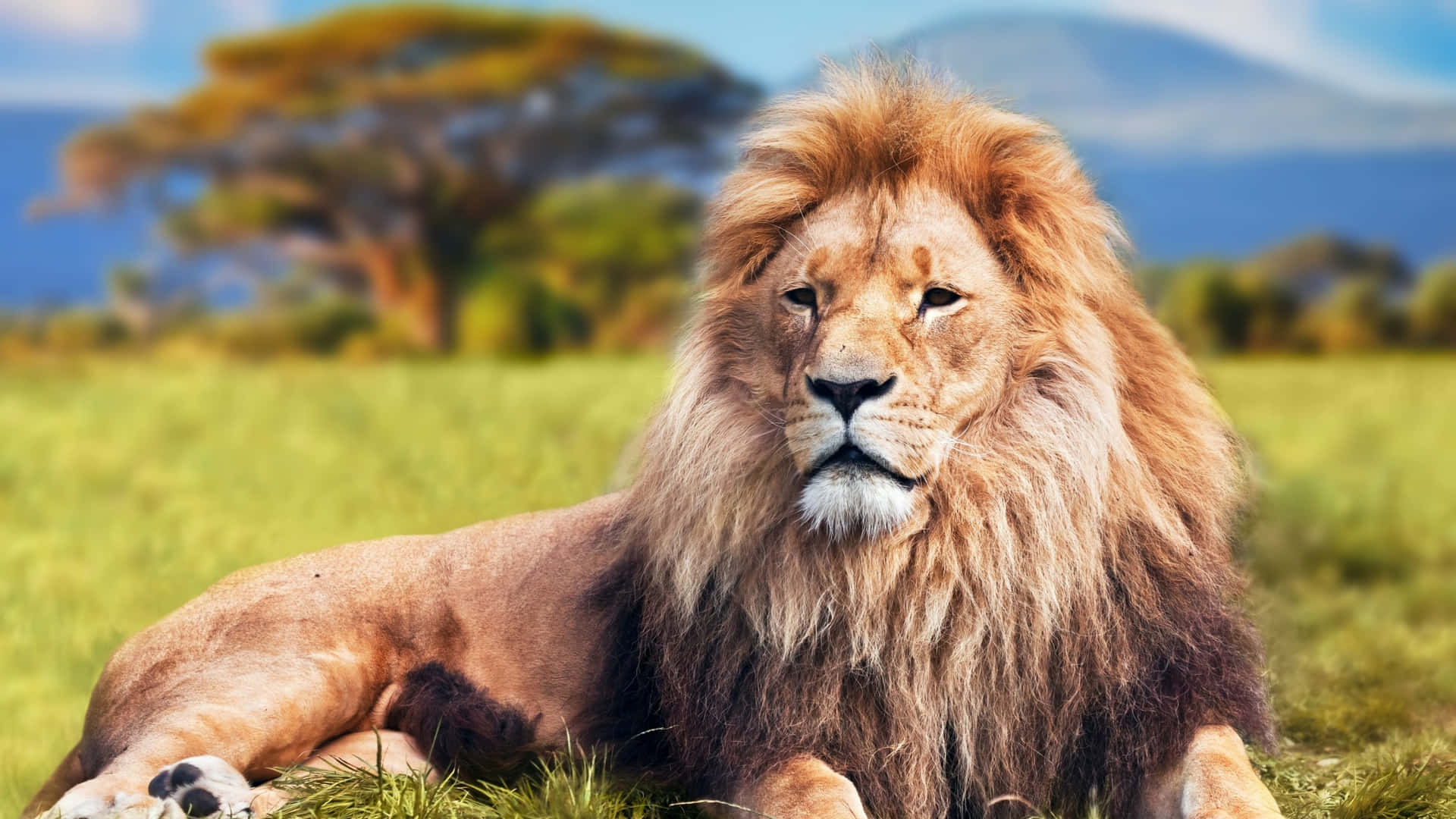Title: The Majesty of Lions: Nature's Regal Predators
Introduction
Lions, the undisputed kings of the African savanna, have captured our imaginations for centuries with their majestic presence, regal manes, and fearsome roars. These magnificent creatures are more than just apex predators; they are symbols of power, strength, and resilience in the natural world. In this blog, we will delve into the fascinating world of lions, exploring their biology, behavior, and their crucial role in maintaining the delicate balance of their ecosystems.
The Basics: Lion Biology
Lions (Panthera leo) are large, carnivorous mammals belonging to the Felidae family. They are renowned for their distinctive tawny coats, which help them blend into the grasslands of Africa, their natural habitat. Male lions, easily recognizable by their impressive manes, can weigh up to 250 kg (550 lbs) and measure over 3 meters (10 feet) in length, including their tail. Females are slightly smaller, typically weighing between 120-182 kg (265-400 lbs).
One of the most striking features of lions is, of course, their manes. These thick, shaggy manes serve as a symbol of male dominance and help protect their necks during territorial disputes and fights for mating rights. Manes also indicate the health and vitality of a male lion, making them attractive to potential mates.
Social Structure: The Pride
Lions are known for their social nature, forming groups called prides. Prides consist of related females, their cubs, and a coalition of dominant males. The pride structure serves various functions, including protection, hunting, and raising offspring.
Female lions are the primary hunters of the pride. Their teamwork and cooperative hunting tactics make them formidable predators, capable of taking down large prey such as wildebeest and zebras. Males often take a backseat during hunts but play a crucial role in defending the territory and offspring from rival males.
Reproduction and Family Life
Lions do not have a specific breeding season and can reproduce throughout the year. The dominant male(s) within a pride have the privilege of mating with the females. After a gestation period of about 3.5 months, lionesses give birth to a litter of cubs, typically consisting of 2-4 individuals. Cubs are raised collectively within the pride and are nursed by various lionesses. This communal approach to parenting ensures that the cubs have a better chance of survival.
The Circle of Life: Lion Conservation
Lion populations have faced significant challenges in recent years due to habitat loss, human-wildlife conflict, and poaching. As a result, lions are classified as a vulnerable species by the International Union for Conservation of Nature (IUCN). Conservation efforts are crucial to ensuring the survival of these iconic animals.
Several organizations and governments have implemented initiatives to protect lions and their habitats. These efforts include anti-poaching measures, the establishment of protected areas, and community-based conservation programs that seek to reduce human-lion conflicts.
The Ecological Importance of Lions
Lions play a vital role in the ecosystems they inhabit. As top predators, they help regulate prey populations, preventing overgrazing and maintaining the health of grasslands. Their presence also affects the behavior of other species, influencing the distribution of herbivores and shaping the composition of their prey.
Conclusion
Lions, with their majestic appearance and complex social structures, are among the most captivating creatures on our planet. They symbolize the beauty and harshness of the natural world, reminding us of the delicate balance that sustains life in the wild. Conservation efforts are essential to ensure that future generations can continue to admire these regal predators in their natural habitats. The fate of lions is intertwined with the health of the ecosystems they inhabit, making their conservation a matter of global importance.








0 comments:
Post a Comment